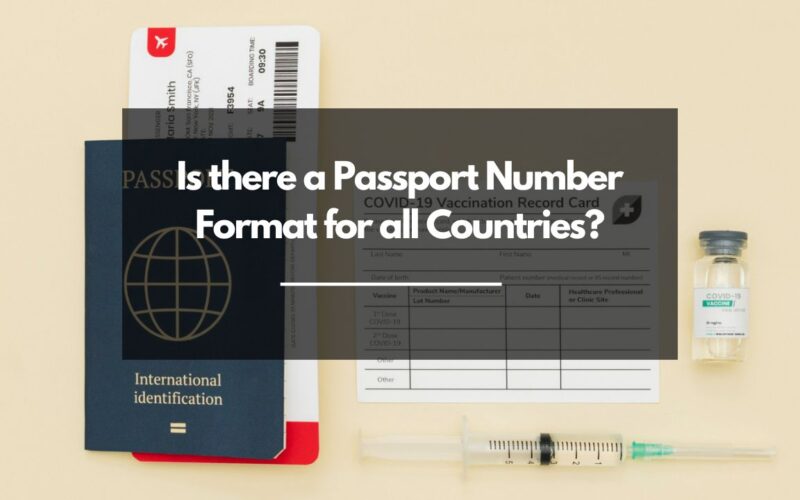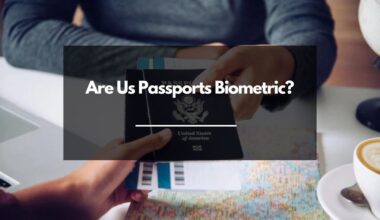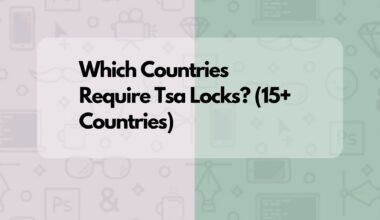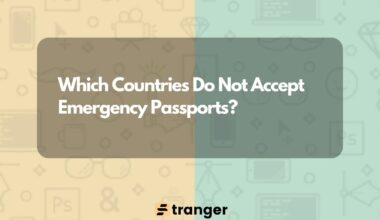As an Amazon Associate, I earn a small commission from qualifying purchases. Learn more about this.
We all know that passports are a crucial part of international travel. They verify our identities, indicate our nationalities, and grant us access to foreign lands.
But have you ever looked at your passport and wondered about that string of digits and letters known as the passport number? What’s the deal with that? And do countries have a specific format that can be easily understood?
Is there a Passport Number Format for all Countries?
Firstly, let’s take from a perspective of a single format for all countries…
So, here’s the thing – there isn’t a single, universal format for passport numbers across all countries. Each country has its own system of issuing passport numbers, and these systems can be quite diverse.
Take, for instance, the United States. A typical American passport number consists of nine numerical characters.
On the other hand, if you peek into an Indian passport, you’ll find the passport number is typically an eight-character code, starting with two letters followed by six digits.
But there must be some international regulation for this, right?” Surprisingly, the answer is no. The International Civil Aviation Organization (ICAO), which sets standards for travel documents like passports, doesn’t dictate a specific format for passport numbers.
Instead, they allow each member country to determine its own system, as long as it meets certain security and identification standards.
But what’s this system? And do specific countries have a particular format they use to assign their passports? Yes, as explained before. Let’s take a look at a few countries in the next section.
Countries And Their Passports Format
Before we talk a little about the passport format of the 5 countries we’ll cover in this section, it’s worth mentioning that there are not actually any well-calculated rules for determining a particular country’s passport number.
Passport numbers, from the public knowledge, still remains randomly generated.
And all countries have their own unique system for generating them. Some use a combination of letters and numbers, while others stick to numbers only.
Some use the first character to indicate specific information, while others opt for a more random approach. You can’t actually tell. But despite these differences, all passport numbers serve the same fundamental purpose: to identify you, the passport holder, as a unique individual.
So let’s go over this list…
United States

The first stop is the United States. If you’re a U.S. passport holder, you might have noticed that your passport number is a nine-character alphanumeric code. This means it’s composed of both letters and numbers. Interestingly, U.S. passport numbers don’t follow a predictable pattern and are randomly generated, making each one unique.
However, it’s worth mentioning that the passport number begins with a letter, and ends with eight other numbers, making them nine in total.
India
Next, Indian passport numbers also consist of both letters and numbers, but they only have eight characters. The first character is always a letter, which indicates the passport book type. The remaining seven characters are a unique number sequence.
The UK

Heading over to the United Kingdom, we find that UK passport numbers are nine characters long. However, unlike the U.S. and India, UK passport numbers are entirely numeric. The first two numbers often indicate the year the passport was issued.
Australia
Last on the list is Australia.
Australian passport numbers are composed of eight characters, comprising both letters and numbers. The first letter represents the passport type, followed by a series of seven numbers.
But are there Similarities Between Passports Across Countries?
In the previous section, we talked about how each country has its own unique format for passport numbers. But, could there be some commonalities between passports across different countries?
When you think about it, passports, at their core, serve the same function globally: they’re an internationally recognized form of identity that permit us to travel across borders. This common purpose brings about some inevitable similarities.
One of the most significant similarities is the standardized information that every passport must contain.
According to the guidelines from the International Civil Aviation Organization (ICAO), all passports should include the bearer’s name, date of birth, nationality, and gender.
They should also contain a photo that meets certain specifications. And, of course, that all-important passport number we talked about earlier.
Some countries could choose to make theirs biometric and others nonbiometric. Biometric passports are actually a modern thing as more countries are just shifting to the technology.
Then there’s the physical format of the passport itself. You’ve probably noticed that most passports look quite alike.
They’re a small, booklet-style document – easy to hold, easy to flip through, easy to stamp. That’s no coincidence. The ICAO has specified a standard size for passports, which most countries adhere to.
However, despite these similarities, there’s still room for countries to express their individuality.
The design of the passport, the security features it incorporates, the languages used inside – these are all up to the issuing country.
So, while your passport may share some similarities with the one held by the person next to you in the immigration line, it’s still uniquely yours in many ways.
Tips to Protect Your Passport
These all bring us to a very important topic: protecting your passport. After all, a passport is more than just a travel document. It’s your ticket to traveling around the world, and maybe deserve to be treated with care.
The first tip – and this might sound obvious – is to keep your passport in a safe place. Whether you’re at home or abroad, ensure your passport is stored securely when you’re not using it. A lockable drawer or a hotel safe can be good options.
And remember, “out of sight, out of mind” applies here. The less visible your passport is, the less likely it is to attract unwanted attention.
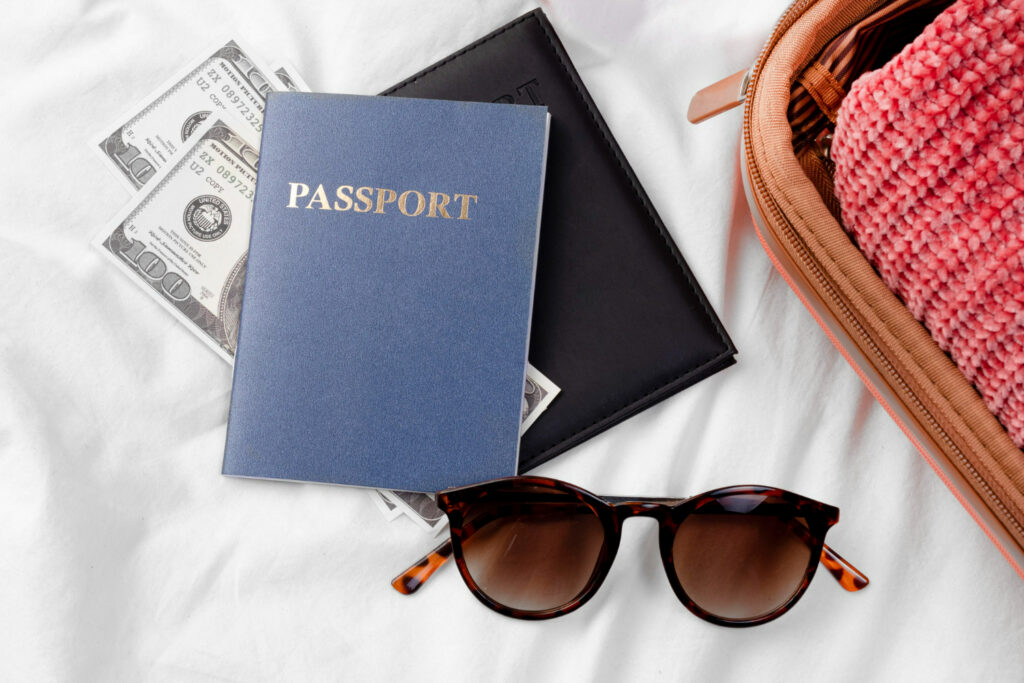
Next, consider using a passport cover. These handy accessories not only keep your passport looking neat and tidy, but they can also provide an extra layer of protection against wear and tear. And let’s be honest, a well-kept passport leaves a good impression!
Another tip is to avoid handling your passport with dirty or greasy hands. The pages of your passport are sensitive, and oils or grime can cause damage over time. Plus, smudged pages could potentially cause issues at immigration.
It’s also a good idea to have a digital backup of your passport. Take a clear photo or scan of your passport’s information page and store it securely. It could be a lifesaver if you lose your passport or it gets stolen.
Lastly, always keep an eye on your passport when you’re on the move. Whether you’re at the airport, a train station, or a hotel, make sure you know where your passport is at all times.
Final thoughts
So, the next time you’re in line at immigration, waiting for your passport to be scanned, remember this little nugget of information. Your passport number is unique – not just to you, but also to the country that issued it.
